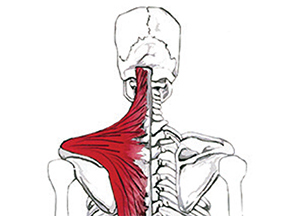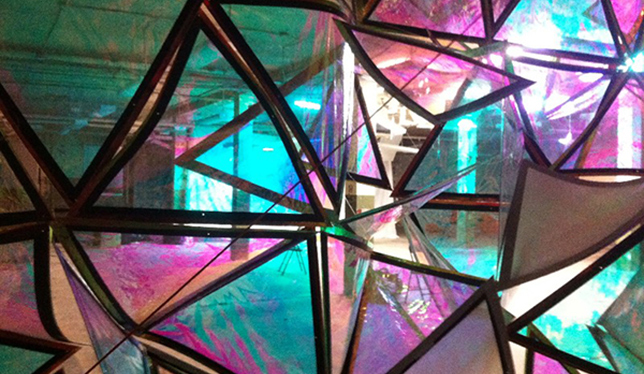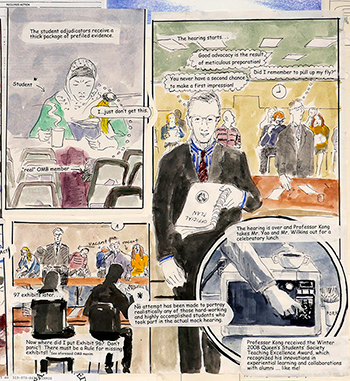When it comes to the discipline of teaching and learning, the word “creativity” doesn’t come up as often as the term “evidence-based practice.” When Peter Wolf, associate vice provost, teaching and learning and director of Queen’s University’s Centre for Teaching and Learning, was approached to come up with ideas for how to celebrate Queen’s upcoming 175th anniversary, he wanted to change that.
“We were looking for that intersection between teaching and learning and creativity. We think that creativity is a key part of deep learning. And we don’t talk about it very often. We wanted to focus on the connectivity, the joy of teaching and learning, the creative processes, the meaning-making,” said Mr. Wolf.
With that in mind, the Centre for Teaching and Learning launched the Creative Expressions exhibit at the beginning of October. The month-long exhibit is not an art show, but a display of approximately 50 artefacts that highlight the creative processes that take place within the classroom and the products that come out of it.

textbooks. Photo courtesy of Queen’s University.
“It is meant to engage students, alumni, faculty and staff in showing the products of learning that also exhibit the creativity and joy of learning and growth,” Mr. Wolf said.
The exhibit has been parceled into three types of creative expression. The first, Existing Expressions, consists of variety of teaching and learning artefacts and work from Queen’s alumni, faculty,staff and students. Mr. Wolf and his team put a call out (and received quite a few submissions from alumni) and scoured the Queen’s archives for items to include. One item is a book by an anatomy prof who hated the textbook he had to teach. Instead, he created his own collection with drawings and contributions from his students.
“He now uses that [new collaborative textbook] to teach other students,” said Mr. Wolf.
The second category is Sponsored Expressions. These projects have been funded or partly funded by the Centre for Teaching and Learning to create new approaches to teaching and learning.
“One example of that is a sessional instructor who taught a mock-trial experience, and articulated the process of that experience by using a graphic-style narrative. He takes us through the experience of having taught that,” Mr. Wolf said.
The third category is a collaborative project happening during homecoming weekend, Oct. 14 to 15. Toronto artist and Queen’s alumna Aleks Bartosik will build a series of mobiles made up of memories from other alumni.
“As people register for homecoming, we are going to ask them to contribute a memory of teaching and learning from when they were a student. Aleks will take those memories and build mobiles from iridescent materials,” said Mr. Wolf.

The main goal of the entire exhibit is to inspire and connect creative practices to teaching and learning, Mr. Wolf said.
“We want to make sure we don’t lose the enjoyment, the creation that can come from the teaching and learning experience.”
See all of the items in the exhibit (PDF).
